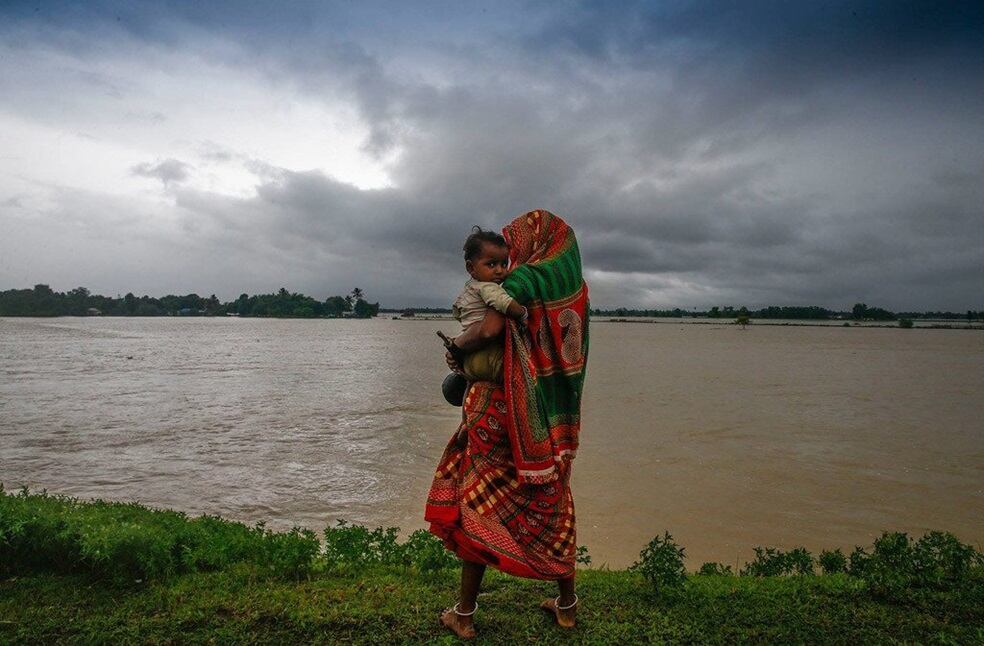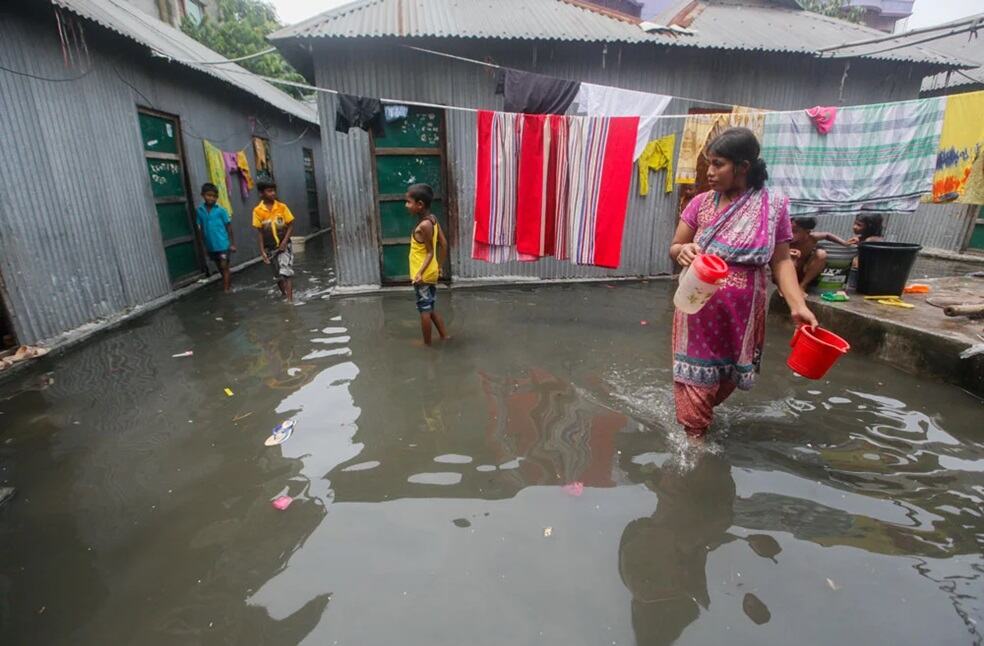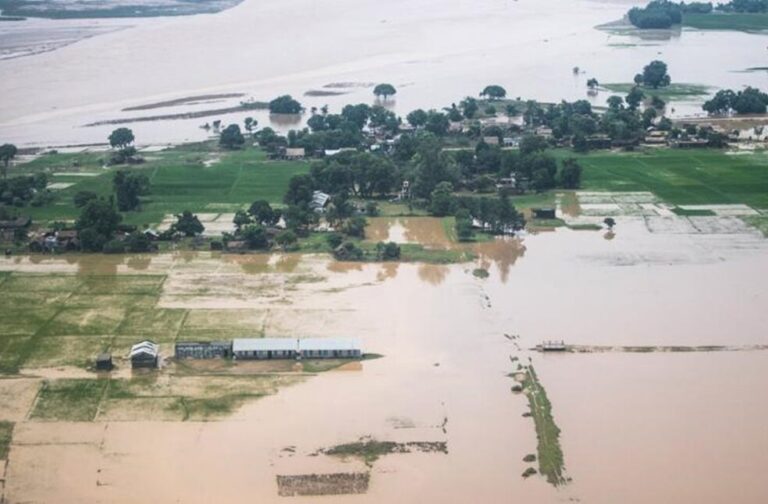South Asia: The recent massive floods have ravaged parts of India, Nepal, and Bangladesh, impacting millions and causing numerous fatalities. Large-scale rescue efforts are in progress, with authorities directing thousands to shelters and distributing food and supplies to stranded families.
Major rivers such as the Brahmaputra and the Koshi, which traverse multiple countries, have overflowed their banks due to the continuous heavy rain. Floods and landslides are common during South Asia’s monsoon season, which accounts for up to 90 percent of the region’s annual rainfall.
In Nepal, authorities reported 14 deaths, with main highways blocked and several bridges swept away by swollen rivers. The current monsoon season has claimed over 40 lives, prompting officials to issue alerts in the southeast. The Koshi River, flowing above the danger level, poses a significant threat to the region.

In Assam, India, approximately 2.4 million people have been affected by floods, with 66 fatalities since mid-May. Officials warn of more rain in the coming days, with the Brahmaputra’s water levels expected to rise further. Floodwaters have submerged roads and vast farmland areas along the river’s banks.
Assam’s Kaziranga National Park, home to nearly 2,200 one-horned rhinos, has also been severely impacted. Four rhinos and numerous deer and other animals have died, marking one of the worst flooding incidents for wildlife in recent years.
Heavy rains have led officials to close schools, as highways became overwhelmed by floodwaters in Mumbai.

In Bangladesh, floods have affected two million people and resulted in at least eight deaths. The overflowing Brahmaputra has inundated a quarter of the country’s districts.
The UN’s World Meteorological Organization predicts “above normal” rainfall for the South Asia monsoon season, which is expected to continue until September.



